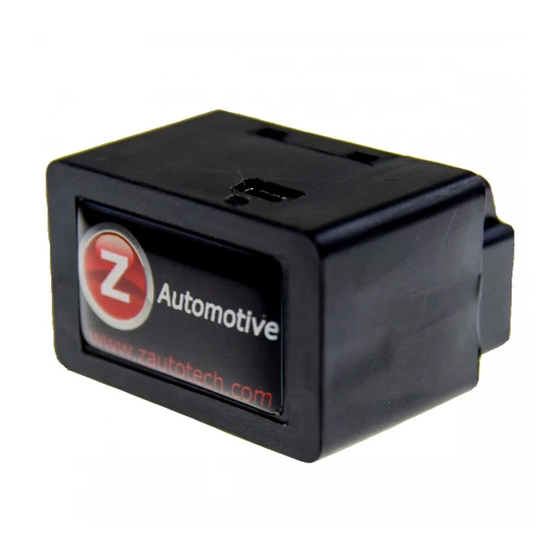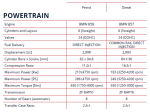ChasingOurTrunks
Well-known member
Lot's of work here - thanks for posting this! I see one potential problem with your pricing predictions though: they are based on converting the prices in Europe and Australia to the prices in North America, and I'm not sure that is how its going to play out. I have read in a few places that - while European and Australian early "hand raisers" were protected from price increases due to global inflation - North American reservation holders will not be. If that is indeed the case, our prices could be 10-15% higher. Do you have any info on this? It would be nice if Ineos moved up the time frame for announcing pricing...
That's kinda what I was trying to get at with the Defender/Ranger/Jeep comparisons -- they are not priced consistently around the world, as the Ranger data shows, but some cars are proportionally similar (i.e. a Defender and Jeep are both proportionally priced higher/lower by the same percentage in different jurisdictions). If this was more consistent -- as in, every car in the USA was 13% cheaper than every car in Europe, and 9% cheaper than every car in Australia, it would be a more reliable measure. But, while it's really consistent for the Jeep and the Defender, the Ranger is a bit farther out in terms of proportions, which does put some holes in the methodology. It's not intended to be properly predictive; only to facilitate discussion against the idea of these things being $130k+ each before they are for sale in North America. Its feasible for the Gren to be a $70k car; it's competitors are.
Your question about honoring price is a good one. In Europe and Australia, they announced an initial price. Some time later they announced price increases. At the same time, there are three "categories" of Ineos Buyer in the mix. There's "Tire Kicker" -- nothing on the table for this buyer, they are just thinking about it. There are "Reservation Holders" -- those are folks like me that have $500 refundable down on the right to make a purchase. And there are "Contract Holders" -- these are the folks who have put a few thousand dollars down, non-refundable. The price increase that was announced only impacted "Tire Kickers" and "Reservation Holders". Ineos honoured their previously announced pricing for anyone in the "contract holder" stage. However, it's important to note that in North America, we only have Reservation Holders and Tire Kickers -- the price we all pay will be the price they first announce. If some of us sign contracts at that time, and there are additional price increases, those contract holders should be protected.


